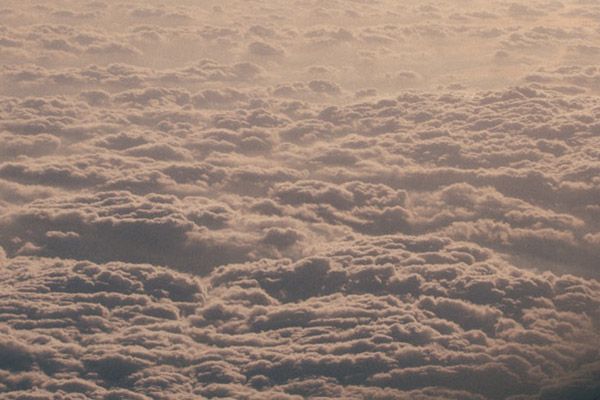With bodhicitta, many problems related to practice could be easily solved since bodhicitta has within itself the incredible capacity for accumulating merit, forgiving and purifying evil karma and so on. Thus, bodhicitta is regarded as the indispensable universal key for the entrance of Mahayana Buddhism.
~ Depicted from THE RIGHT VIEW - The Three Supreme Methods—the ultimate methods of cultivating virtue and training the mind











